TSV OBD2 Code Readers & Scan Tools Enhanced Car Engine Fault Code OBD Reader Diagnostic Scanner Tool for All OBDII/EOBD Protocol Cars
WOWParts team offers 30 days return or replacement quality warranty & lifetime technical supports. Please contact us freely if you need any furhter assistance. Product Features: Compatibility: supports 9 protocols compatible with most 1996 US-Based, 2000 EU-Based and Asian cars, newer OBD II & CAN domestic or import vehicles. Support J1850 PWM, J1850 VPW, ISO9141-2, ISO14230-4 KWP, ISO15765-4 (Can-BUS) OBDII protocol.Multifunctional: 1. Read error diagnostic code, and show their meaning 2. Read vehicle fault code 3. Clear error code and turn off MIL(check engine indicator) 4. View freeze frame 5. I/M is ready 6. Get vehicle information 7. Data flow 8. Real-time curve 9. Get speed information 10. Calculate the load value 11. Engine coolant temperature 12. Get the engine tachometer 13. Support six languages 14. Frame number one-click query 15. Fault code one-click query.Multilingual: supports German, Dutch, English, Spanish, French, Italian.Large LCD Display: car Diagnostic Tool-V310 OBD scanner with built in Large LCD display (128 x 64 pixels) and white backlight. No need any batteries or charger, gets the power directly from the OBDII data link connector in your vehicle.OBDII Car Code Reader & Scan Tools: equipped with a 2.5 feet long cable and made of a very thick flexible insulator.Easy to Use: there are 6 buttons on the V310, scroll up and down buttons, enter and exit buttons, a quick query to VIN vehicle number and one button to quickly query the DTC fault code.Product Specification: Product model: OBD Code ReaderType: V310Operating voltage: DC 9-16VWorking current: 80mAPackage Includes: 1 x OBD Code Reader1 x User Manual

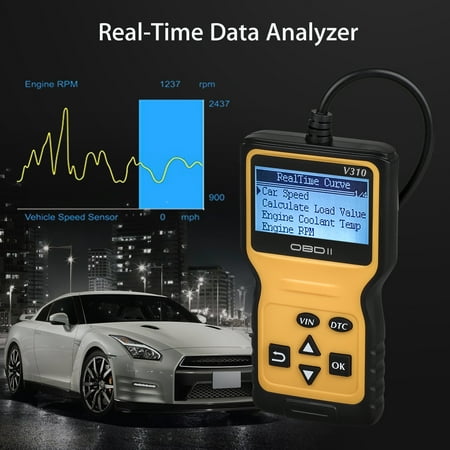
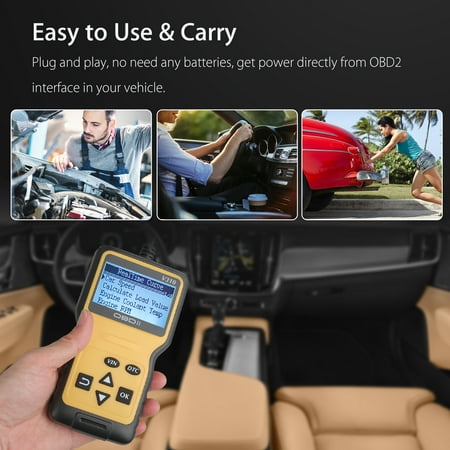

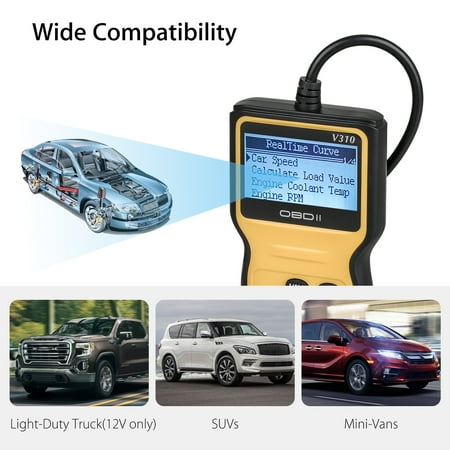
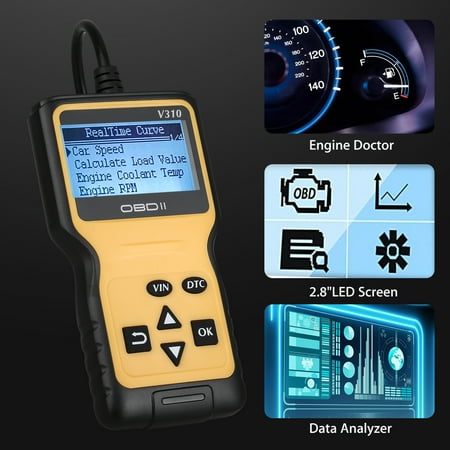
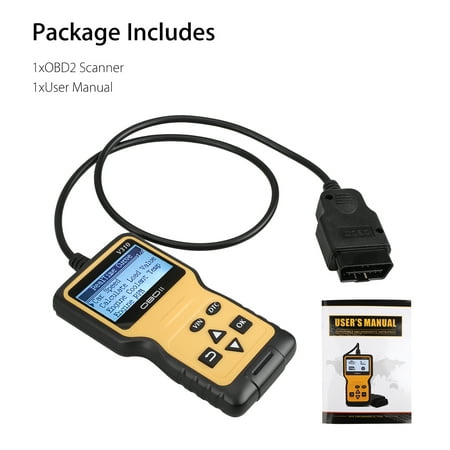
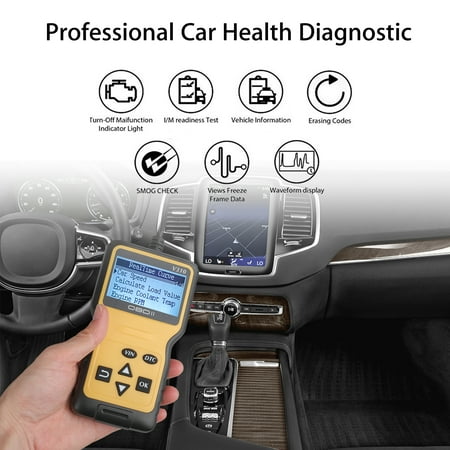
V310 OBD2 Scanner Scan Tools: handheld car fault detector, ergonomic, medium size.Turn Off CEL: supports reading DTCs, displaying Live Data, Freeze Frame & I/M Readiness, etc.User-Friendly: with built in large LCD display, white backlight, 6 buttons for operation.Easy to Use: connect it to your vehicles with the 2.5 feet long cable, plug and play.Application: for J1850 PWM, J1850 VPW, ISO9141-2, ISO14230-4 KWP, ISO15765-4 (Can-BUS) OBDII protocol.



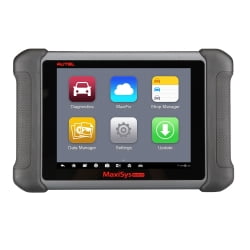

Reviews
There are no reviews yet.